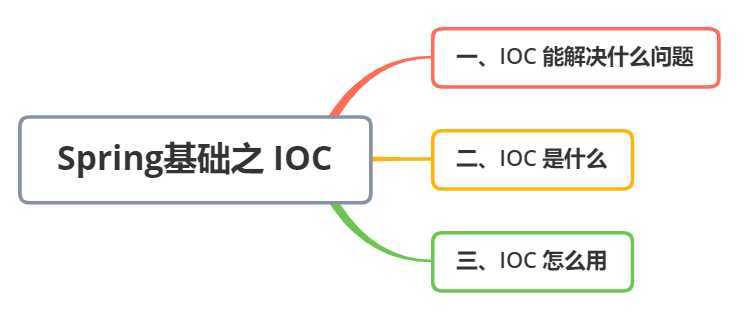
spring是以ioc和aop为核心,能整合第三方框架和类库的企业级应用开源框架。
例子:Driver类必须存在,编译才通过,JdbcDemo依赖Driver,这种类之间或方法之间的依赖关系就称为耦合。注册驱动改为根据类名反射创建对象,Driver类不存在,编译时也能通过,降低程序间的依赖称为解耦。实际开发中,要编译期不依赖,运行时才依赖。
public class JdbcDemo { public static void main(String[] args) throws Exception{ //1.注册驱动 // DriverManager.registerDriver(new com.mysql.jdbc.Driver());
Class.forName("com.mysql.jdbc.Driver"); //2.获取连接//3.获取操作数据库的预处理对象//4.执行SQL,得到结果集//5.遍历结果集//6.释放资源 } }
使用配置文件来配置controller,service,dao三层对象的全限定类名,创建一个类读取配置文件,创建和获取三层对象,这个类就是工厂。使用Map来存放创建的对象,这个Map称为容器。使用工厂模式,获取对象的方式由主动new对象变为被动的由工厂提供,工厂去容器查找或创建。这种被动的获取对象的方式就是控制反转。其作用就是降低程序耦合度。
public class BeanFactory { // 1、定义Properties对象 private static Properties pros; // 2、定义保存对象的容器 private static Map<String, Object> beans; // 3、使用静态代码块为Properties赋值 static { try { // 4、读取配置文件 pros = new Properties(); InputStream in = BeanFactory.class.getClassLoader().getResourceAsStream("bean.properties"); pros.load(in); // 5、实例化容器 beans = new HashMap<String, Object>(); // 6、取出配置文件所有key(三层对象的类名) Enumeration keys = pros.keys(); // 7、遍历枚举 while (keys.hasMoreElements()) { String key = keys.nextElement().toString(); // 8、根据key取出全限定类名 String beansPath = pros.getProperty(key); // 9、反射创建对象 Object value = Class.forName(beansPath).newInstance(); // 10、保存key(id)和value(对象)到容器 beans.put(key, value); } } catch (Exception e) { throw new ExceptionInInitializerError("初始化properties失败!"); } } /** * 根据bean的名称获取对象 */ public static Object getBean(String beanName){ return beans.get(beanName); } }
ioc(inversion of control),意思是控制反转,将创建对象的权限交给框架,获取对象的方式由主动变为被动。spring就是通过ioc容器管理对象,ioc容器实质上就是一个对象工厂,使用BeanFactory工厂接口或子接口来实例化ioc容器。

一般把spring配置文件命名为applicationContext.xml,其基本内容结构如下
<?xml version="1.0" encoding="UTF-8"?> <beans xmlns="http://www.springframework.org/schema/beans" xmlns:xsi="http://www.w3.org/2001/XMLSchema-instance" xsi:schemaLocation="http://www.springframework.org/schema/beans http://www.springframework.org/schema/beans/spring-beans.xsd"> <bean id="demo" class="com.test.Demo" scope="singleton" init-method="init" destroy-method="destroy"></bean> </beans>
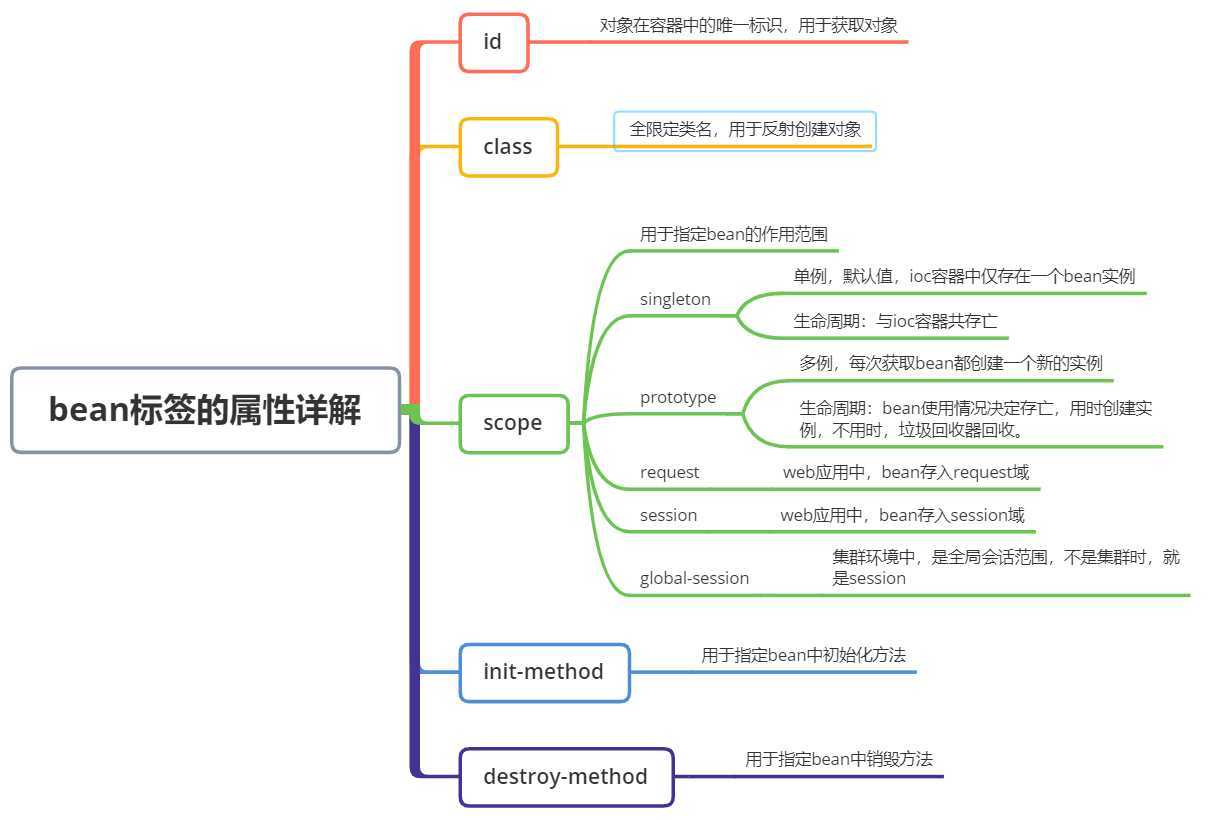
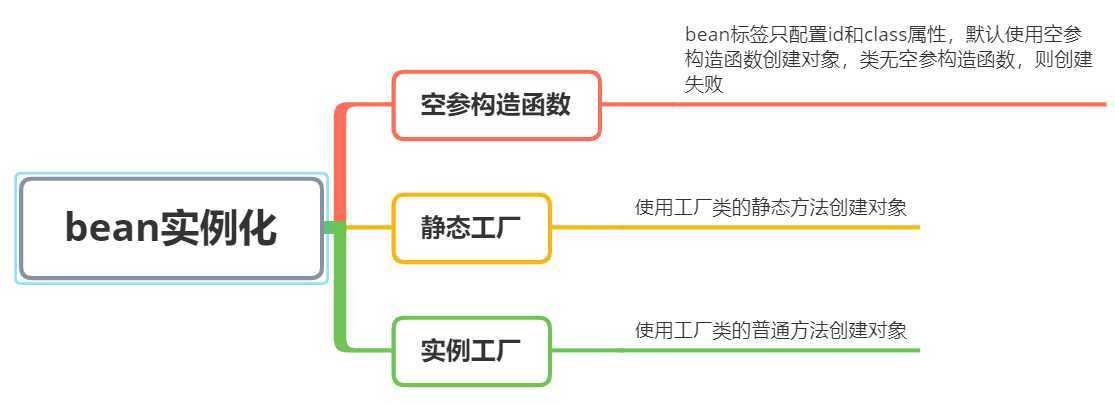
空参构造函数的xml配置如下,Demo类中必须存在空参构造函数Demo()
<bean id="demo" class="com.test.Demo"></bean>
静态工厂的xml配置如下,getDemo为工厂类创建Demo对象的的静态方法
<bean id="beanFactory"class="com.test.BeanFactory" factory-method="getDemo"></bean>
实例工厂的xml配置如下,createDemo为工厂类创建Demo对象的的普通方法
<bean id="beanFactory" class="com.test.BeanFactory"></bean> <bean id="demo" factory-bean="beanFactory" factory-method="createDemo"></bean>
DI(Dependency Injection)依赖注入,是ioc的具体实现,ioc降低了类之间的耦合度,但类之间的依赖关系依然存在,这时就需要spring的DI来维护依赖关系。


xm配置文件如下
<bean id="demo" class="com.test.Demo"> <constructor-arg name="name" value="张三"></constructor-arg> <constructor-arg name="age" value="18"></constructor-arg> <constructor-arg name="birthday" ref="now"></constructor-arg> </bean> <!-- 配置一个日期对象 --> <bean id="now" class="java.util.Date"></bean>

xm配置文件如下
<bean id="demo" class="com.test.Demo"> <property name="name" value="张三" ></property> <property name="age" value="18"></property> <property name="birthday" ref="now"></property> </bean> <!-- 配置一个日期对象 --> <bean id="now" class="java.util.Date"></bean>

xm配置文件如下
<bean id="demo" class="com.test.Demo" p:name="张三" p:age="18" />
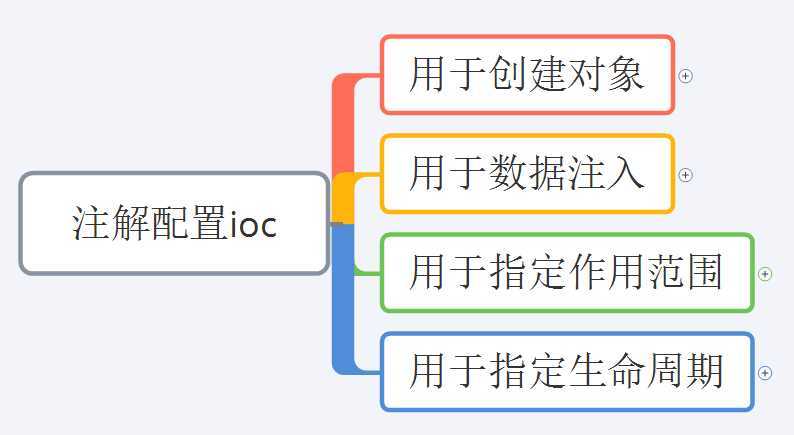
配置文件applicationContext.xml必须添加如下配置,扫描包及子包下所有类,spring才能侦测到注解标识的组件。<context:component-scan> 元素会自动注册一个bean的后置处理器:AutowiredAnnotationBeanPostProcessor的实例。该后置处理器可以自动装配标记了注解的属性。
<?xml version="1.0" encoding="UTF-8"?> <beans xmlns="http://www.springframework.org/schema/beans" xmlns:xsi="http://www.w3.org/2001/XMLSchema-instance" xmlns:context="http://www.springframework.org/schema/context" xsi:schemaLocation="http://www.springframework.org/schema/beans http://www.springframework.org/schema/beans/spring-beans.xsd http://www.springframework.org/schema/context http://www.springframework.org/schema/context/spring-context.xsd"> <context:component-scan base-package="com.test"></context:component-scan> </beans>
如果仅希望扫描特定的类而非基包下的所有类,可使用resource-pattern属性过滤特定的类。
<context:component-scan base-package="com.test" resource-pattern="autowire/*.class"/>
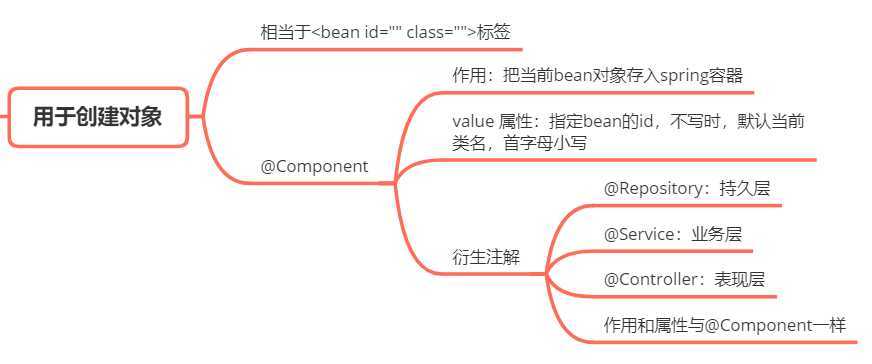
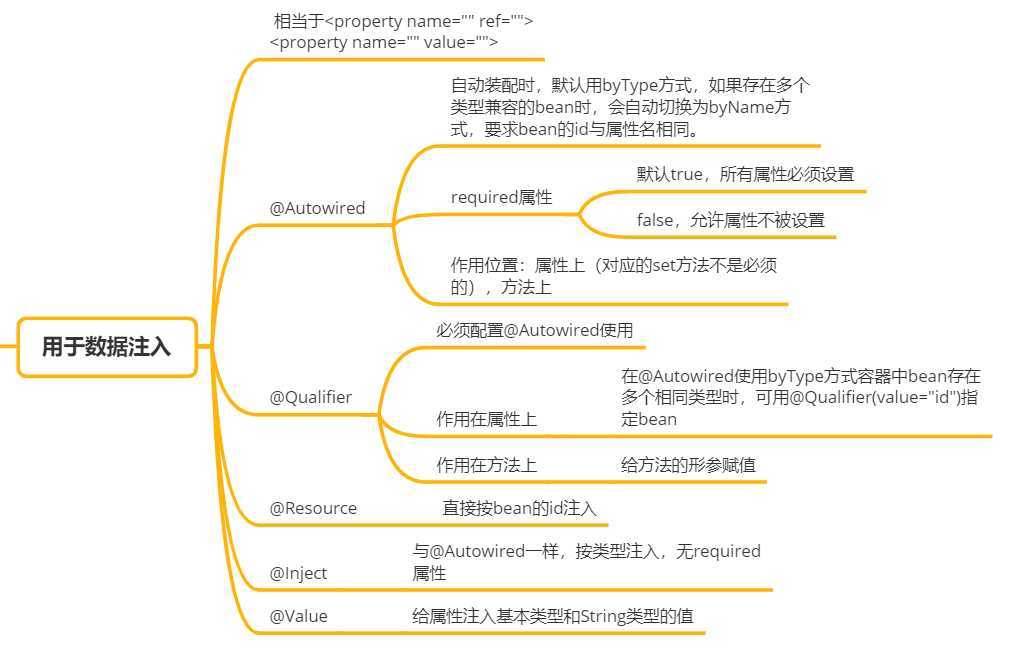


可以完全不写xml配置文件,全部使用注解完成配置。
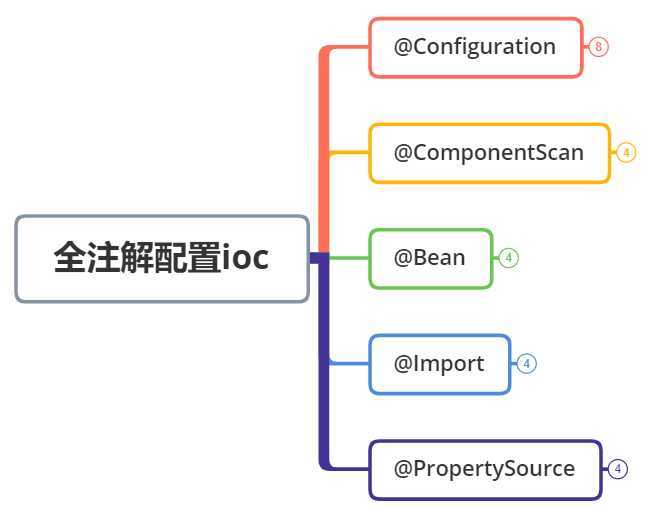

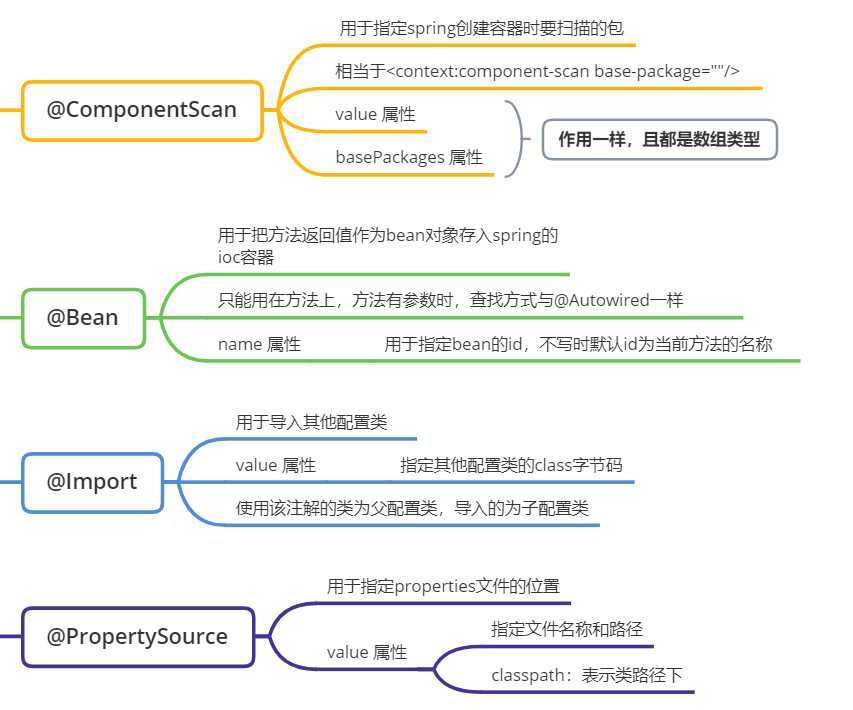
原文:https://www.cnblogs.com/okho-ice/p/12804449.html